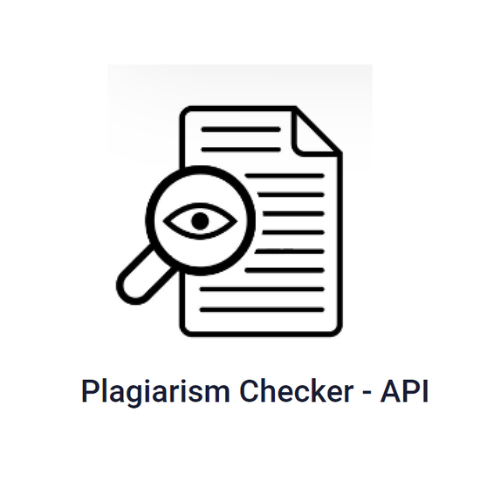For any brand, content creation is an essential step to connect with customers and potential users. The product is no longer the focus, but the person behind the screens. That’s why creating quality, original and valuable content that helps solve problems and desires will quickly make us stand out from the competition.
Connecting with the audience is not an easy job because it requires putting into practice certain habits that will perfect the technique. There are no magic formulas, so it is a process of trial and error until we can find the best way to communicate the brand voice. However, while there are resources that are practical to achieve the type of communication we want, plagiarism is still a practice used in the digital environment, although not as widely used as it was a few years ago.
Plagiarism refers to the action of taking or usurping someone else’s content, without consent and passing it off as one’s own. It does not matter if the information is relevant, interesting, or funny, it is fraud to claim authorship of a fact. In the end, it is a maneuver that can have serious legal and commercial consequences for any brand.
Likewise, plagiarism can affect any brand and content creator, so it makes sense to become familiar with the different types that exist so that we are increasingly aware of the content we want to share on our platforms. Broadly speaking, there are two types of plagiarism: conscious and unconscious. Conscious plagiarism is the intentional taking of information, while in unconscious plagiarism, the taking of content may have occurred by omission or lack of information.
Plagiarism is a controversial topic because it generates debate among content creators, especially because omitting the source of information, not naming the author of a quote, and even using someone else’s ideas are actions with enough weight to be considered plagiarism. But, regardless of the case, we must do our best not to commit plagiarism and follow the guidelines established by the marketing department.
There are, fortunately, good practices that we can implement immediately to avoid plagiarism, but if we want to ensure that our content can be shared on the platforms without fear of a penalty by search engines, then it is time to adopt an avoid plagiarism API, which we can integrate into our tools quickly and will give us the results in a short time and effectively.
Good Content Tools And Plagiarism Tracker API For Your Marketing Strategies
Content is king and as such, we must take responsibility for writing quality, original texts that provide solutions to the millions of users who seek to make their lives much simpler. In that sense, we have the possibility of integrating elements to complement our work as content creators, one of the most valuable today is a plagiarism detector API as Plagiarism Checker API, which will give you incredible benefits.
With Plagiarism Checker API you will be able to detect plagiarism in any type of content you want to share, it will show you the percentage of similarity with other contents, it will give you results about the pages from which the information was extracted and you will even be able to know if your contents are being taken by third parties. In any case, this API will give you the necessary resources to ensure that your texts are 100% original. Integrating it into your tools will be quick and easy because it is designed to simplify your tasks. On top of that, you will find different packages that will fit your needs as a brand. In the end, Plagiarism Checker API will become an essential tool just made for you.



